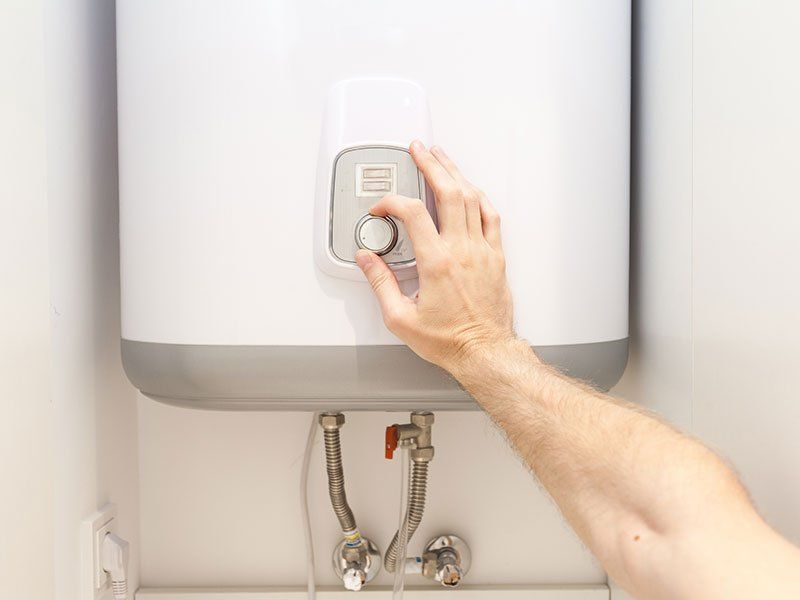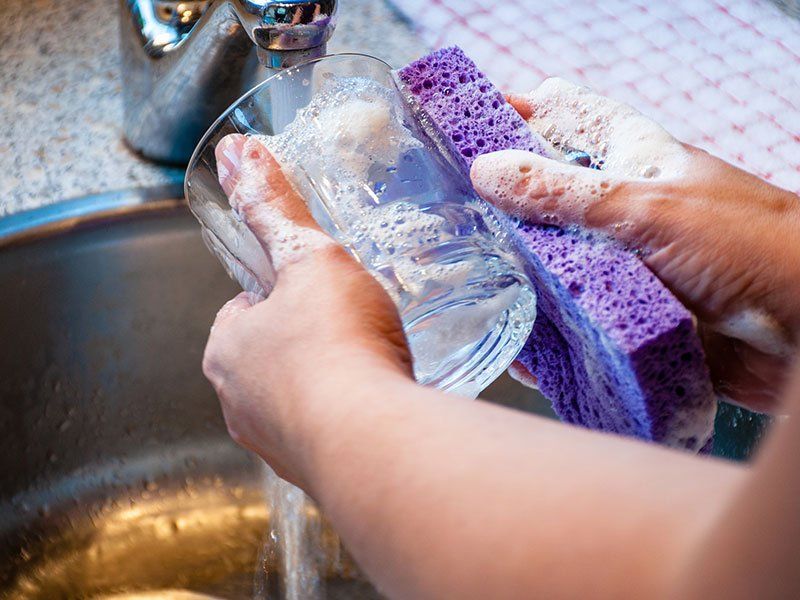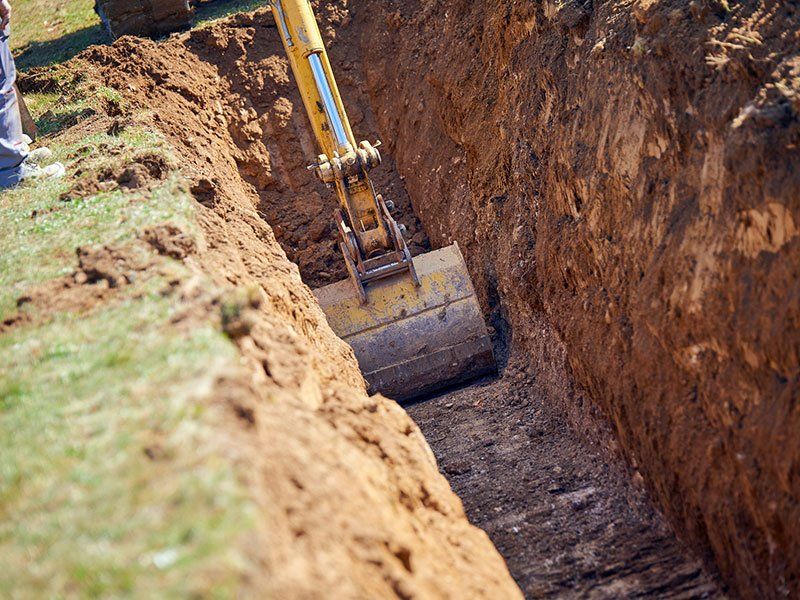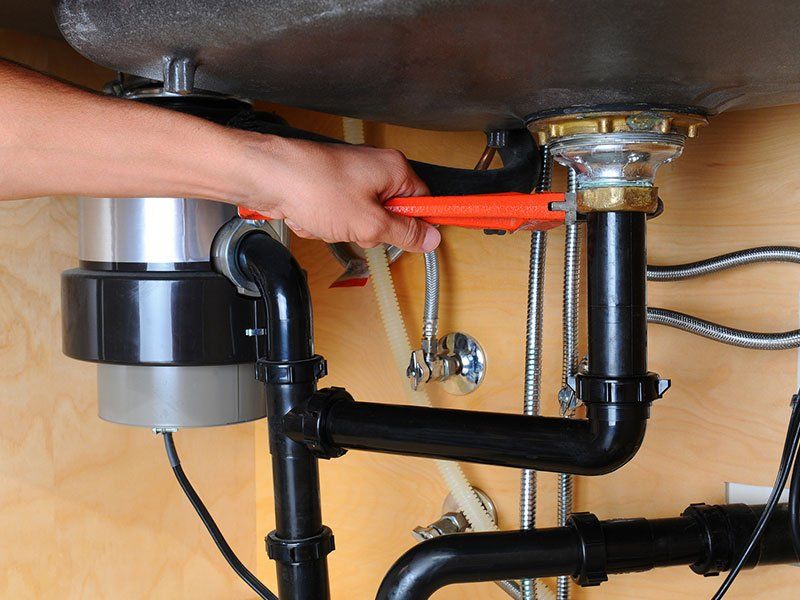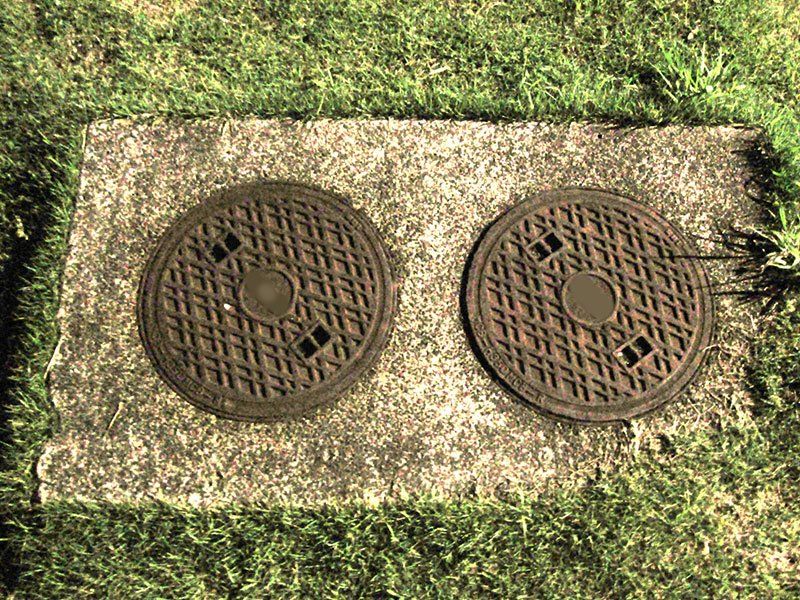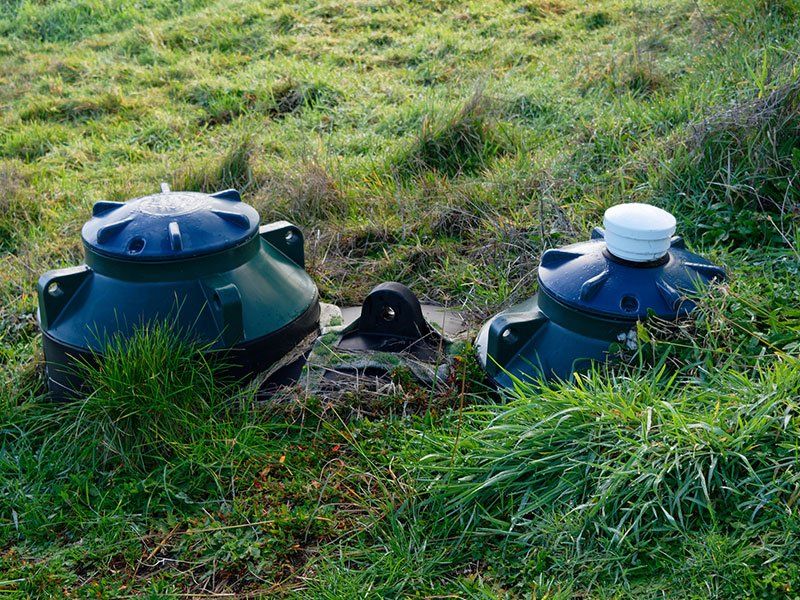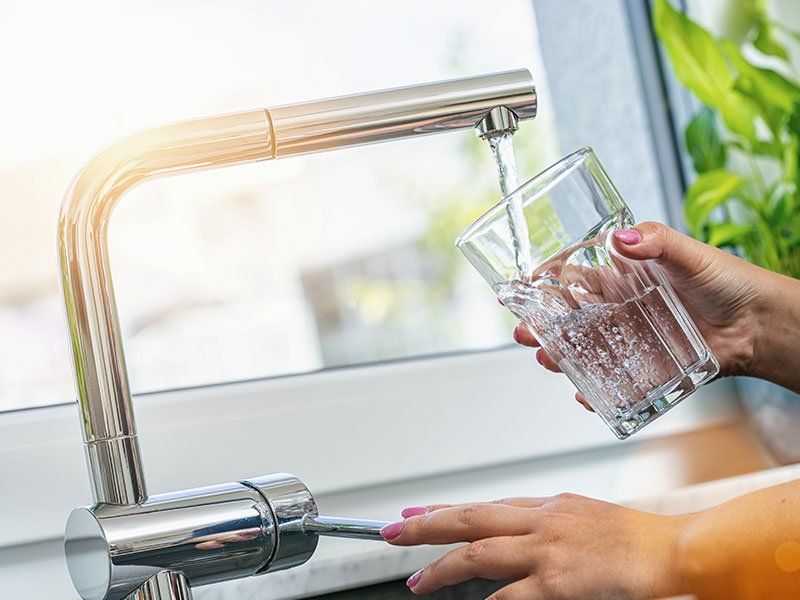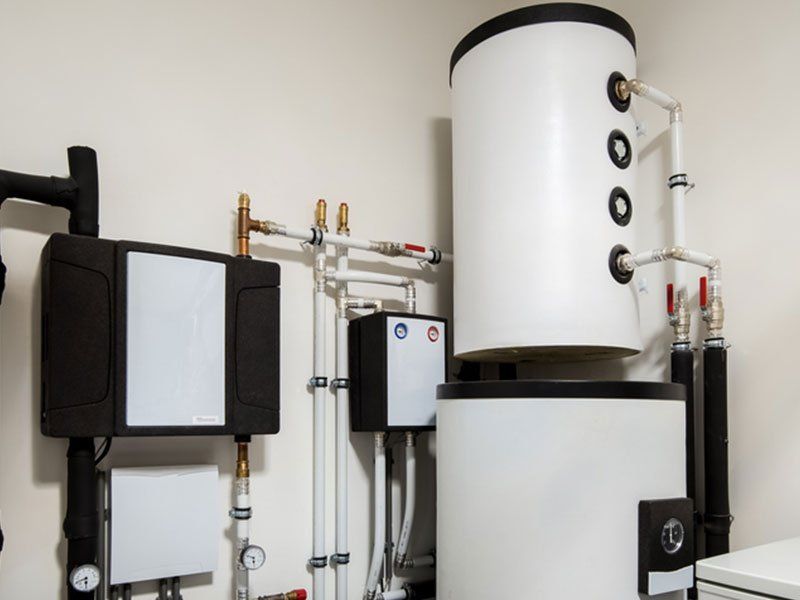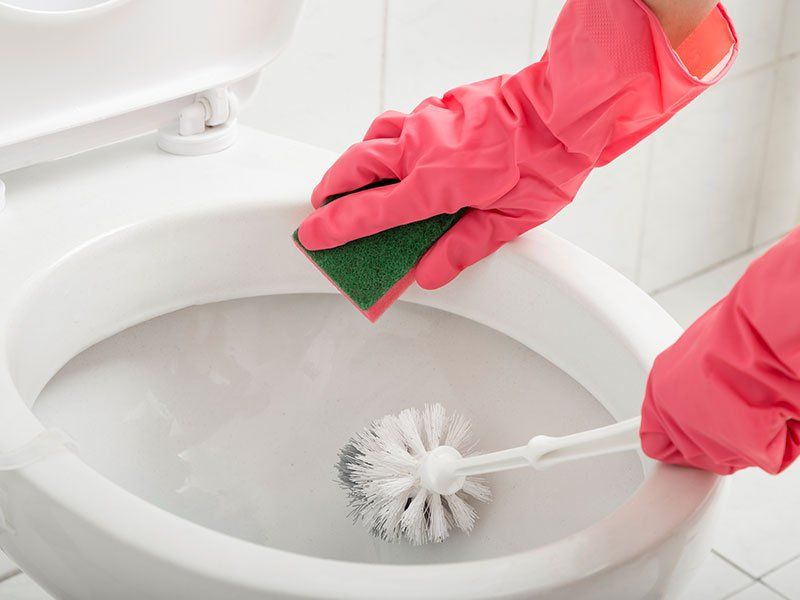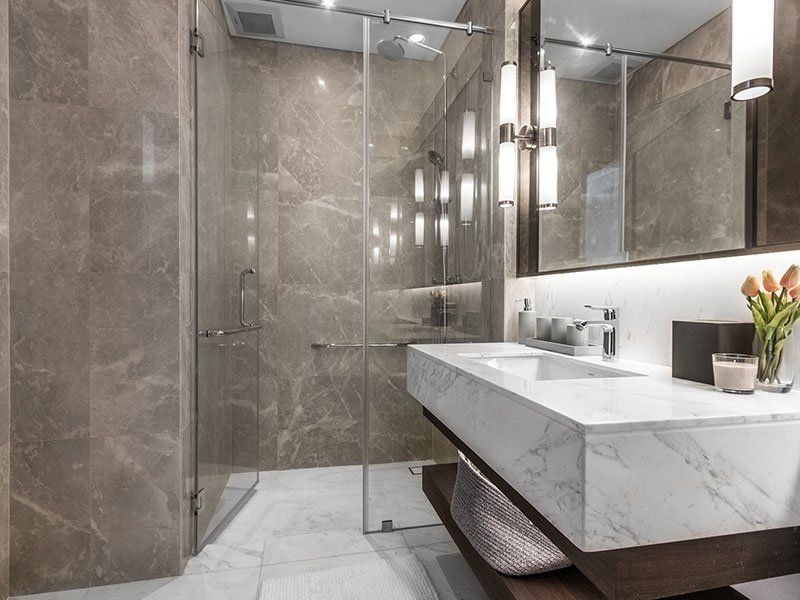Blog Layout
3 EASY DRAIN MAINTENANCE TIPS
admin • May 18, 2018
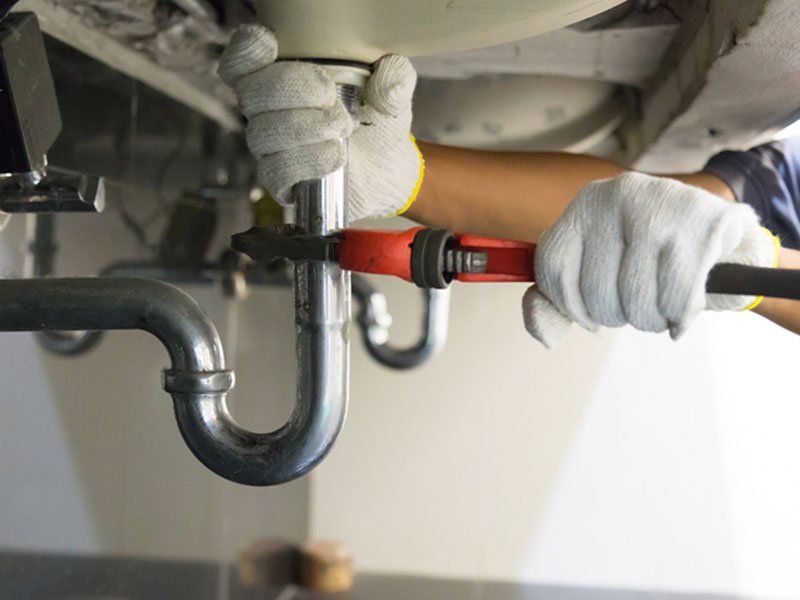
Plumbing drains are out of sight and often taken for granted until a clog or plumbing disaster strikes. While some plumbing problems may be out of your control, such as a burst pipe due to pipe corrosion, clogs can be prevented through proper maintenance. Protect your drains and prevent clogs by following these three easy tips.
1. USE SCREENS AND TRAPS
Your washing machine might create a clog by sending lint and fabric fibers down the drain when it empties. Eliminate this concern by placing a trap on the drain hose. Buy a trap at the hardware store and slip it on the end of the washing machine hose so debris is caught in the trap and doesn’t flow into the drain. A lint trap looks like a tiny sack. Remember to empty it occasionally so the washing machine drains quickly.
Traps are also very useful for bathtubs and showers in your home. These are made of plastic or metal mesh and fit over or inside the drains. They catch hair and prevent hair clogs, which are a constant threat in tub drains. You can also put mesh screens in your kitchen sinks to keep food from going down the drain when you drain water out of pots or rinse dishes.
2. CLEAN DRAINS REGULARLY
You probably have a schedule for cleaning your home, and you should include drain cleaning as one of the chores. Regular cleaning keeps clogs from building up and it helps control drain odor too. You can buy an inexpensive tool at the hardware store that pulls hair out of tub drains.
Use it to clean hair from your shower, sink, and bathtub drains on a regular basis. Pull out the stopper in your bathroom sink and clean it with a small brush to get rid of soap scum and slime that leads to odors, as well as hairs that collect from shaving.
Freshen drains by pouring in baking soda followed by vinegar and then flush them with very hot water. Flushing drains with hot water is especially useful for kitchen drains because it softens grease so it slides on down the drain.
Another way to flush your kitchen drains is to fill up both sinks with water and then pull the stoppers at the same time. The weight and pressure of the rushing water should help clear out the drains. You can also consider using products made to freshen drains, although you may want to discuss this with your plumber first.
Some of these products contain bacteria or enzymes that clean out the drains and leave them fresher. If you have a septic tank, then care must be taken to use products that are septic-safe.
3. CONTROL WHAT GOES DOWN THE DRAINS
When you avoid putting things in your drains that contribute to clogs, you can prevent stress over a sink backing up at an inconvenient time. Grease from cooked foods and cooking oils are a major cause of kitchen sink clogs. Don't pour grease down the drain, even if you have a garbage disposal. Use the garbage disposal for food scraps only and not for getting rid of large amounts of food or non-food items.
Perform a water test on the toilet tissue you buy. It should dissolve quickly in water so it won't form clogs when you flush it. In contrast, paper towels and wet wipes will retain their shape and that's why those products shouldn't be flushed.
Teach your children and others living in your home what is acceptable to put in the drains and what isn't. Regular drain maintenance reduces your risk of problems, but it won't eliminate them.
When you have a stubborn clog you can't clear with a plunger, call Ernie's Plumbing & Sewer Service and we'll send a plumber
to help.
CONTACT INFORMATION
Address: 3795 Pacheco Blvd. Suite C. Martinez, CA 94553
Email:
dispatch@erniesplbg.com
Business Hours:
7 Days of Week
Fast 24-Hour Emergency Services
License No. 802333
OUR LOCATION
We partner with a third party ad network to either display advertising on our Web site or to manage our advertising on other sites. Our ad network partner uses cookies and Web beacons to collect non-personally identifiable information about your activities on this and other Web sites to provide you targeted advertising based upon your interests. If you wish to not have this information used for the purpose of serving you targeted ads, you may opt-out by
clicking here. Please note this does not opt you out of being served advertising. You will continue to receive generic ads.
Content, including images, displayed on this website is protected by copyright laws. Downloading, republication, retransmission or reproduction of content on this website is strictly prohibited. Terms of Use
| Privacy Policy

